You’ve got your US visa, a valid, up-to-date passport, and your plane ticket. Entering the US should be a walk in the park, right?
Alas, it’s not that simple. Even with all the necessary travel documents, there’s still one more hurdle to negotiate. Having a US visa isn’t a guarantee that you will be able to cross the border.
US border control questions, lengthy delays, luggage and security searches, and other factors can come into play in significantly slowing down or - in some cases - totally preventing your entry into the United States.
With that in mind, this article aims to shed a little light on what you should expect when attempting to make your way through US Customs and into the land of the free.
Hopefully, it will help make the process a little easier, and you’ll be successful in your attempt to visit the USA.
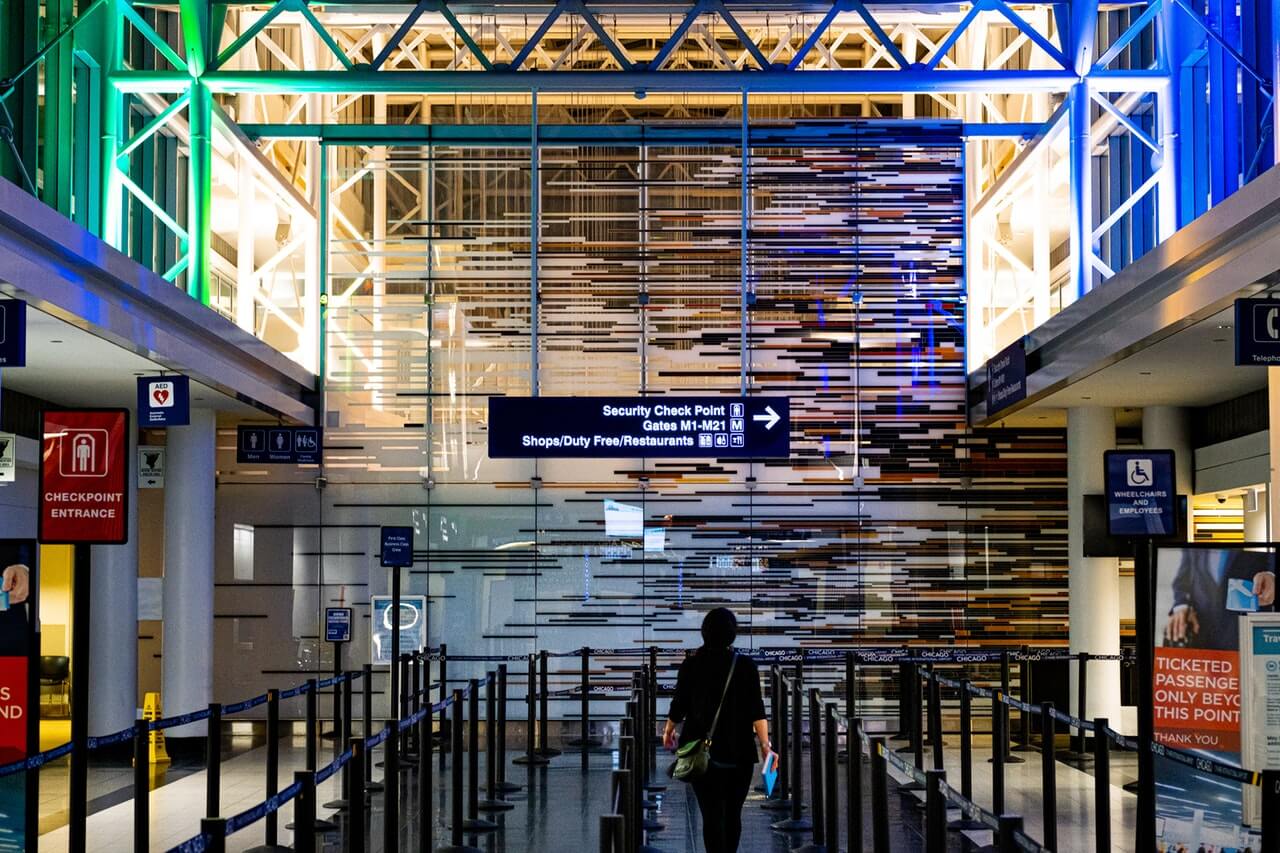
Visa Waiver Program
Before we discuss what happens when you arrive in the United States, it should be noted that there is a visa waiver program for citizens of 39 countries.
This is known as the ESTA or Electronic System for Travel Authorization.
If you’re lucky enough to fall into the category of being eligible for this program, you can side-step a lot of potential border crossing issues providing you have completed the application carefully and paid the necessary fee.
You’ll still need to complete a set of ESTA questions via the online form, but it isn’t like the long and often stressful process of obtaining a US visa.
And you will still be asked US customs questions at the airport or other port of entry. Note that an ESTA is only currently available for entry into the United States by sea or by air.
This is ideal if you’re just visiting from a country like the UK for a period of up to 90 days. Perfect for a tourist or a business trip, or if you’re looking to visit family based in the United States.
Check out the differences between a US visa and an ESTA for more information.
If you’re entering the US border on the ESTA program you still need to make sure you accurately complete the required forms, don’t make any mistakes, and don’t - whatever you do - make any jokes or falsify information in any way.
Many people have been denied entry because of errors on ESTA forms, or improper answers to US border control questions.
And you must file this application at least 72 hours before arriving in the US. It is possible to do it at the last minute, but it might not be processed in time and it will result in you not being allowed to board the aircraft or cruise liner.
TRAVELING TO THE UNITED STATES?
Do You Have U.S. ESTA VISA Travel Authorization? If You Have ESTA Application, Check if it is Still Valid!
Apply For Esta Visa NowCheck Esta Status NowAt the Port of Entry
After you have arrived in the US, you will make your way through the US customs section before you’re allowed into the country.
Don’t forget to collect your bags if you had any that were checked in. You will almost always do this before you go through passport control.
At passport control, you will usually see two or more lines that separate US passport holders and citizens from all other foreign countries. Make sure you’re in the correct line to begin with. Staff should be on hand to guide you if you need help.
Lines can often be long and delays are likely. It can take some time queuing before you’re even seen by a customs official who will begin the US border control questions.
Before you approach the counter, make sure you remove any hats or scarves - or anything that might obscure your face from the officers on duty.
While you’re going through this process the use of mobile phones or other devices is prohibited. Do not take photographs anywhere in the Customs and Border Protection area.
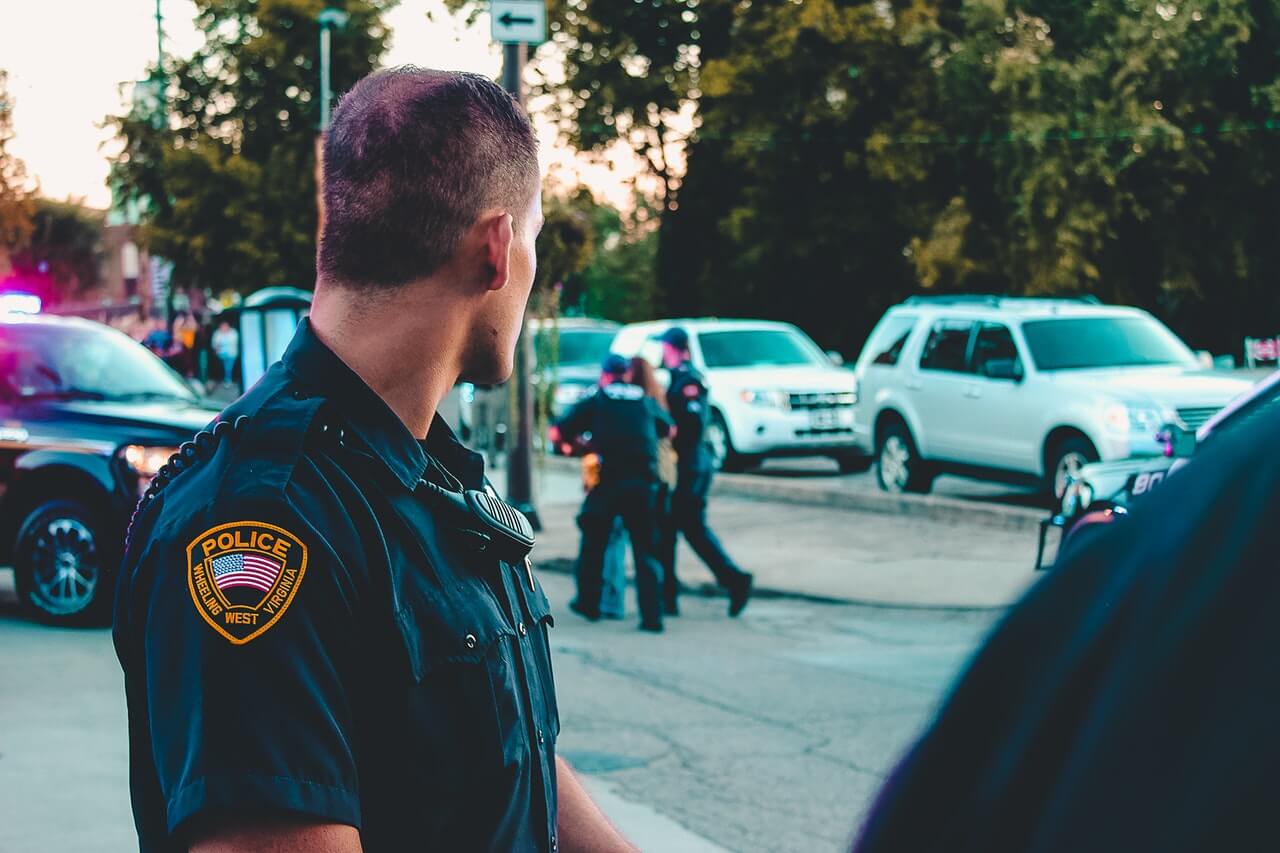
Customs and Border Protection
Once it’s your turn in the queue to move through passport control, you will come face to face with a Customs and Border Protection officer - or CBP. It is the CBP who is your final hurdle for gaining entry into the United States.
Even if all your paperwork and documents are in order, it is this officer that will decide if you are allowed to cross the border.
Be advised they are likely to be not that pleasant to deal with and will barely raise a smile. Don’t expect to laugh and joke with them. They are very focused individuals who take their jobs seriously, and they literally see thousands of people every day.
Hand over your travel documents, and if you’re entering on an immigrant visa, this is the moment you will hand over the large, unopened document envelope you received at the US embassy during your visa interview.
Depending on your port of entry, if you are handing over a sealed envelope as part of your visa, either the CBP or a colleague will escort you to another room or waiting area until further notice.
This is standard practice and perfectly normal. They need to keep the lines moving of other people coming into the country and if you’re entering on an immigrant visa, they have more documents to check to make sure everything is in order.
Remember - security is their prime concern and they are trained to be suspicious and skeptical. It’s very important that you respond to all US customs entry questions honestly and respectfully.
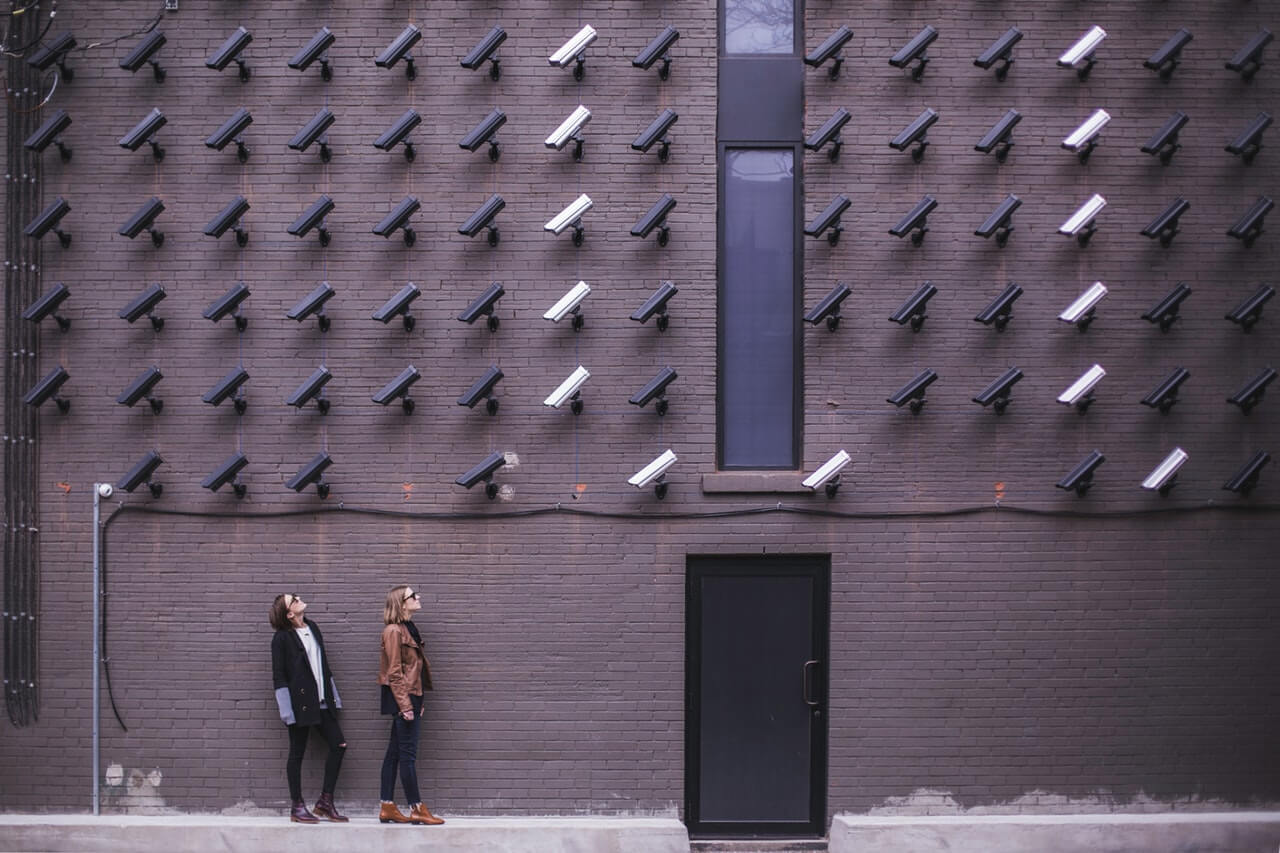
Potential US Customs Questions and Answers
It is the CBP officer that will ask you a series of questions related to you, your visa and your entry into the United States.
You should answer truthfully and honestly, so it’s well worth taking the time to familiarize yourself with some of the potential customs questions at the airport so you know what you’ll likely be asked on arrival.
These questions will most probably include some or all of the following - depending entirely on the type of visa you’re entering on.
Guidance has been provided for potential answers.
What is the purpose of your visit to the United States?
Your answer here must be an exact match of what it says on your visa. For example, if you’re entering the country on a K-1 fiancee visa, you need to inform the CBP that you are intending to marry your spouse. Just don’t expect them to congratulate you.
It might also be for study, tourism, visiting family or business purposes. Remember - do not make any jokes about why you want to enter the United States.
How long do you intend to stay in the country?
This will mainly be asked to people who are planning on a temporary stay in the United States, such as citizens arriving on a tourist or business visa. You must never claim to be staying longer than is specified in this document.
What is your profession?
Simple enough, just make sure you answer truthfully. In some countries, it’s best to say “teacher” if you’re actually a journalist, but always be 100% honest with the CBP here.
What is your address during your stay?
At the very least, you should know the address of where you’re staying on your first night. “I don’t know” is not an acceptable answer. People on tourist and business visas should provide the name and address of their hotel or accommodation. If you’re visiting family a home address should be supplied. There are no excuses here - you need this information to hand.
Who are you visiting?
You might not be visiting anyone and simply there alone for tourist purposes. For business, you should be able to provide contact details for the company or individual you’re liaising with. It’s unlikely this question will be asked to anyone on a K-1 fiancee visa, but you might be asked the date and location of your wedding.
How are you financing this visit?
Again, this will usually only be asked to anyone who is visiting the US on a temporary basis. Officials will want to establish that you have the means to pay for your travel and any costs you might incur during your stay.
Have you been convicted of any crimes?
They might be more specific here and are usually referring to crimes of a serious nature such as homicide, drug-related charges, terrorism, people or sex-trafficking, organized crime, and subversion. You might already have passed police background checks to obtain the visa, but CBP officers are thorough.
Are you bringing any liquids or food into the United States?
There are strict laws governing what you can and can’t bring into the US with regards to food, livestock, perishable goods, and liquids - among other things.
You can check out this list of prohibited items for more information on what you can and can’t bring through US customs.
If you do bring anything prohibited through customs, you have the opportunity to declare it, then have it confiscated and destroyed. Depending on the nature of this prohibited item, CBP may take further action.
What will you do when you finish your studies here?
Obviously directed at students intending to study in the US, customs officials will want to know that you have a plan upon completion of your course.
Have you ever visited X country?
These days, customs officials are suspicious of anyone who has visited a country that has less than an exemplary record of amicable foreign affairs with the USA. If you’ve visited places like Iran, Syria, Libya and North Korea, expect some potential extra grilling.
When and where are you leaving the US?
For temporary visitors, CBP will want to know when you’ll be leaving the country and from which port. This is simply to make sure you know the date when departure is necessary and you’re not going to overstay your welcome illegally.
Are you involved with or part of a terrorist organization?
It might seem like the daftest question known to humankind (who is ever actually going to admit to this), but it has been known to catch people out. Also, it’s not unheard of for people to make a joke and answer yes to this question, which leads to them promptly being detained for several hours and/or being refused entry.
Be advised that this list of US customs questions and answers is not exhaustive and it’s worth doing some extra research based around your specific visa.
Failing to answer any of these questions to the satisfaction of the CBP could result in what is known as a secondary inspection - where you may or may not be detained for longer than you originally anticipated until they have ascertained the necessary information.
You might also be selected at random for secondary inspection, as they often conduct random checks on individuals attempting to gain entry into the US. Be prepared for anything.
Remember - answer truthfully and honestly. Be confident, but respectful, and don’t joke or fool around.
If they even suspect the slightest shred of misinformation or cause for concern, it will significantly damage your chances of being allowed in - or at the very least result in lengthy delays - even for US citizens themselves.
Baggage Searches
The CBP officers are at liberty to stop and search anyone crossing the US border. You should expect that they may check your belongings and request that you turn out your bags or any luggage that you’re carrying with you.
Usually, this is just a precaution and might be at random - but they will certainly check your baggage if they suspect you’re carrying anything illegal or any kind of contraband.
They are also at liberty to request checking your smartphone or laptop. See the FAQ section below for more information about electronic devices.
TRAVELING TO THE UNITED STATES?
Do You Have U.S. ESTA VISA Travel Authorization? If You Have ESTA Application, Check if it is Still Valid!
Fill Esta Application NowCheck Esta Application Status NowFingerprinting and Photographing
If and when the CBP officer decides that you are eligible to legally enter the country, you will be asked to look at a camera device to take your mugshot.
You should remove your spectacles if you’re wearing any.
Then you will need to provide your fingerprints by laying four fingers from each hand onto a fingerprint scanner. Pressing your thumbs side-by-side will follow suit and the digital scan will be complete.
Following this process and any necessary final checks, the CBP should stamp your passport and you’re clear to legally enter the United States.
That wasn’t very hard now, was it?
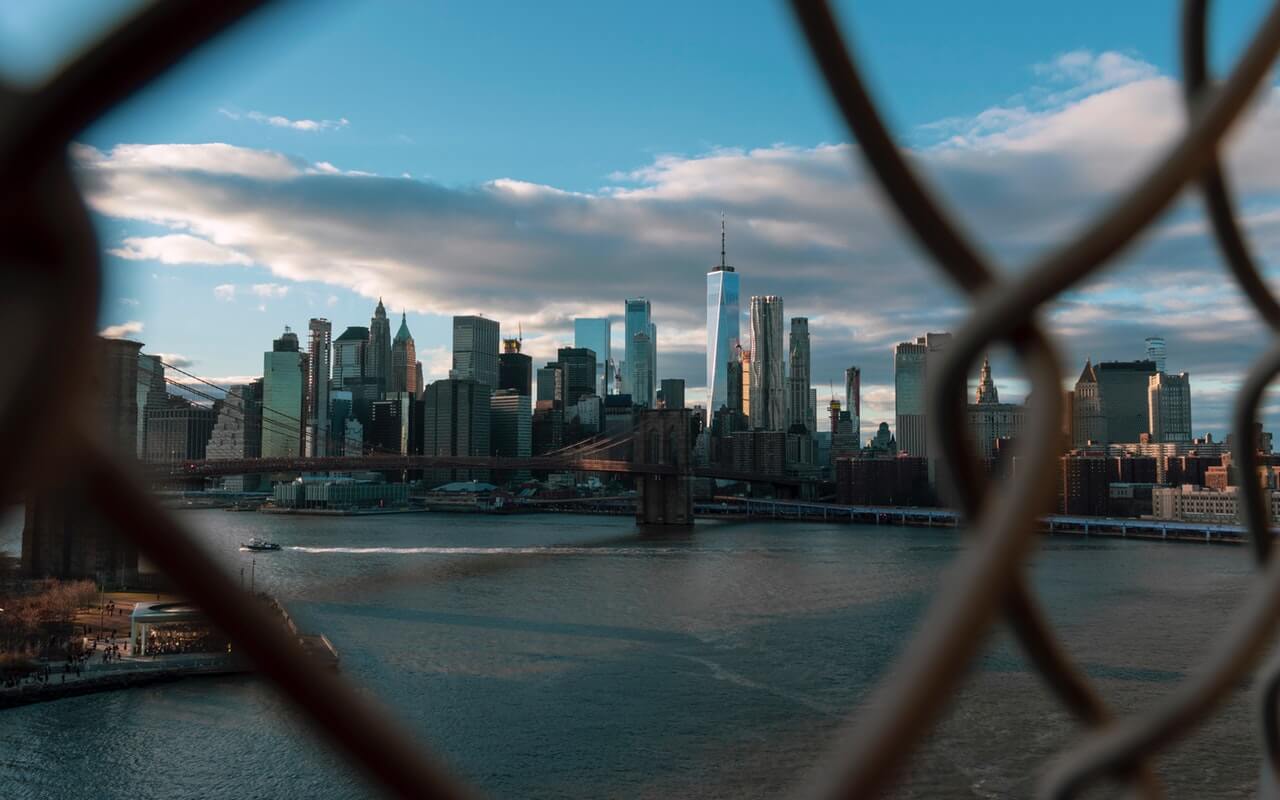
FAQs
1. How long will it take to cross the US border?
It depends on many factors, such as how many people have arrived at that time, what type of visa you’re trying to get in on, whether or not everything is all in order, and if there are any discrepancies with your answers to the US border control questions.
If everything is going according to plan, it shouldn’t take more than an hour.
However, if you need to be taken to a secondary inspection, or there’s any problem of any kind, it’s not unheard of for people to be waiting several hours before they’re allowed to leave or rejected from entry.
In short, be prepared for a wait and practice patience. The last thing you want to do is be aggressive with CBP officers.
You can look at these border waiting times for a rough time-frame of how long it will take to cross at the main US ports of entry.
2. What is CBP?
CBP stands for Customs and Border Protection. They’re one of the largest police forces in the world and it is their job to protect the USA from any threats attempting to enter the country.
It is a CBP officer that you will hand your passport and visa to when you arrive in the United States. It is this person that will ultimately decide whether or not you can cross the border.
3. Do I need to wear something smart?
Unlike the visa interview - where it’s advised that you dress appropriately - CBP officers don’t expect you to be smartly dressed.
They understand that you should be comfortable when you travel and you might look a bit ruffled during transit - especially if you’ve been traveling a long time to get there.
A dress code is not in force for a US border interview, but you should definitely avoid any overly offensive items of clothing, such as abusive T-shirt slogans, jackets or patches.
4. Will my laptop or smartphone be examined as part of the US immigration questions?
Possibly - but they only have the power to examine what is immediately on your phone or device, and they are not allowed to hook it up to another machine or the cloud to really root around in there.
This is why if you are asked to hand over your electronic devices, you will be invited to put it into airplane mode first.
CBP will only really request this if they suspect something wrong. Most people crossing the border are never asked to show their devices.
If you’re concerned about your privacy in this matter and you absolutely don’t want to risk having your electronic devices searched, simply don’t carry them across the border. Store them in your checked-in luggage before you board your flight.
5. What happens if I get a question wrong?
It’s perfectly understandable that some people might get flustered and answer a border control question incorrectly.
Providing you correct yourself and the CBP are satisfied, this shouldn’t be a problem.
If they suspect anything more sinister, or they just need more time to make a decision, you’ll likely be taken for a secondary inspection.
But if you’ve prepared well and read through articles like this one - answering incorrectly shouldn’t happen at all.
The time to be concerned is if you’ve falsified any information, or if there are clear mistakes or discrepancies between your travel documents and story.
If that’s the case, you’re running the risk of being refused entry and possibly detained.
6. Should I bring copies of my documents?
You should have copies of all your travel documents as a back-up, as well as the large sealed envelope from your visa interview if you’re applying for an immigrant visa.
It’s very important that you’re carrying these documents and you’ve not packed it away or even checked it in accidentally in your luggage.
Failure to provide any documents when requested will result in you likely being denied entry. Always carry color photocopied backups.
7. Can I be detained for not answering questions?
Yes. If you refuse to answer the customs official’s questions, you can be detained until they have satisfied the necessary requirements that you are either legally allowed to enter the US or you will be refused.
You have the right to remain silent if you so choose, but officials are likely to prevent you from crossing the border as a result, as well as extensively search your belongings and person.
Usually, you cannot be arrested for refusing to answer questions. Being arrested is not the same as being detained.
If CBP needs to ask you more questions and investigate further, it should always be conducted in a professional manner, without excessive use of force.
You should never be detained on any ethnic or religious grounds, and you can always request to speak to a supervisor if you have a complaint.
8. Can I have a lawyer present when I attempt to enter the US?
No. While you’re actually attempting to cross the border at a port of entry you’re not allowed to have a lawyer. You will not be allowed to call one during the process, either.
You can, of course, consult an immigration lawyer before your trip, or after if you’ve been refused entry for whatever reason and you need advice for the next possible steps to challenge the decision.
If you are being arrested as you attempt to cross the US border, you then have the right to contact an attorney.
9. What happens if they don’t let me in?
The CBP officer will notify you of the reasons that you are not being allowed into the country.
Most often it is because someone has forgotten an important document, there are errors in the application or conflicts with certain travel information.
Previously overstayed visas can also be an issue, as well as simply out-of-date documents.
Your next course of action depends on the reason for your inadmissibility. In some cases, it might be easy to have it overturned. In others, you might have to start the whole process of a visa application again from your home country.
You will be turned around and required to purchase a ticket home. If you have a return ticket already, you may be allowed to use that in this instance.
In other serious cases, you might not be allowed to reapply for a visa and banned from entering the US.
The CBP decision at the border is final and arguing with them isn’t a good idea. You have to accept their judgment and move on.
However, you should calmly ask them questions, take notes, and then gather yourself in a quiet place and - if you’re attempting to enter on a visa - contact an immigration lawyer.
If you’ve been refused entry on a visa waiver program, you cannot contest any action in deportation.
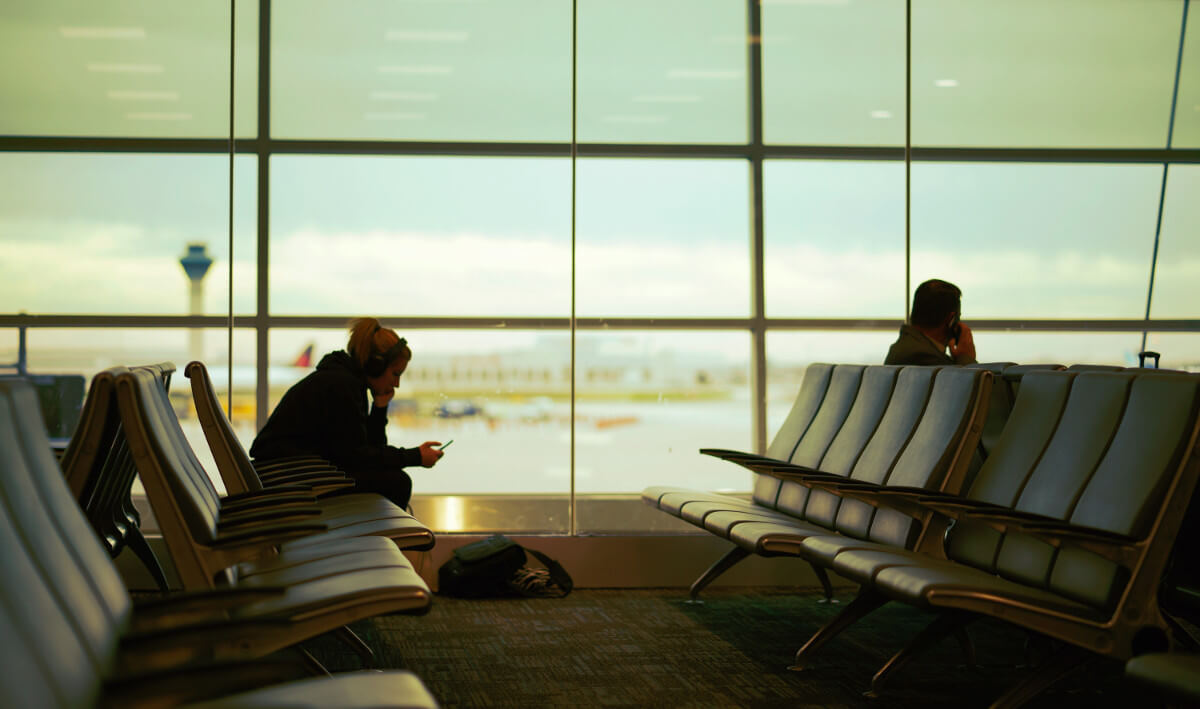
Final Advice
Remember that preparation is key. The overwhelming reason as to why people are denied entry into the United States is because of avoidable errors in their documents - or not even having the correct details with them when interviewed at the border.
Double-check everything before you leave, practice the potential interview questions and make sure there are no mistakes throughout all your documents.
Summary
The US border control questions might seem a little daunting at first, but so long as you’ve done detailed preparation and you have all your documents to hand - you shouldn’t have too much of a problem.
Just make sure that you’re honest and respectful at all times and you’ll soon be on your next adventure in the United States.
Good luck!
Powered by Froala Editor

